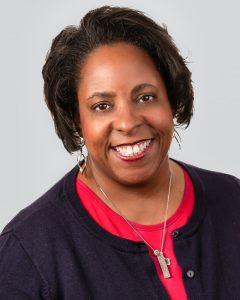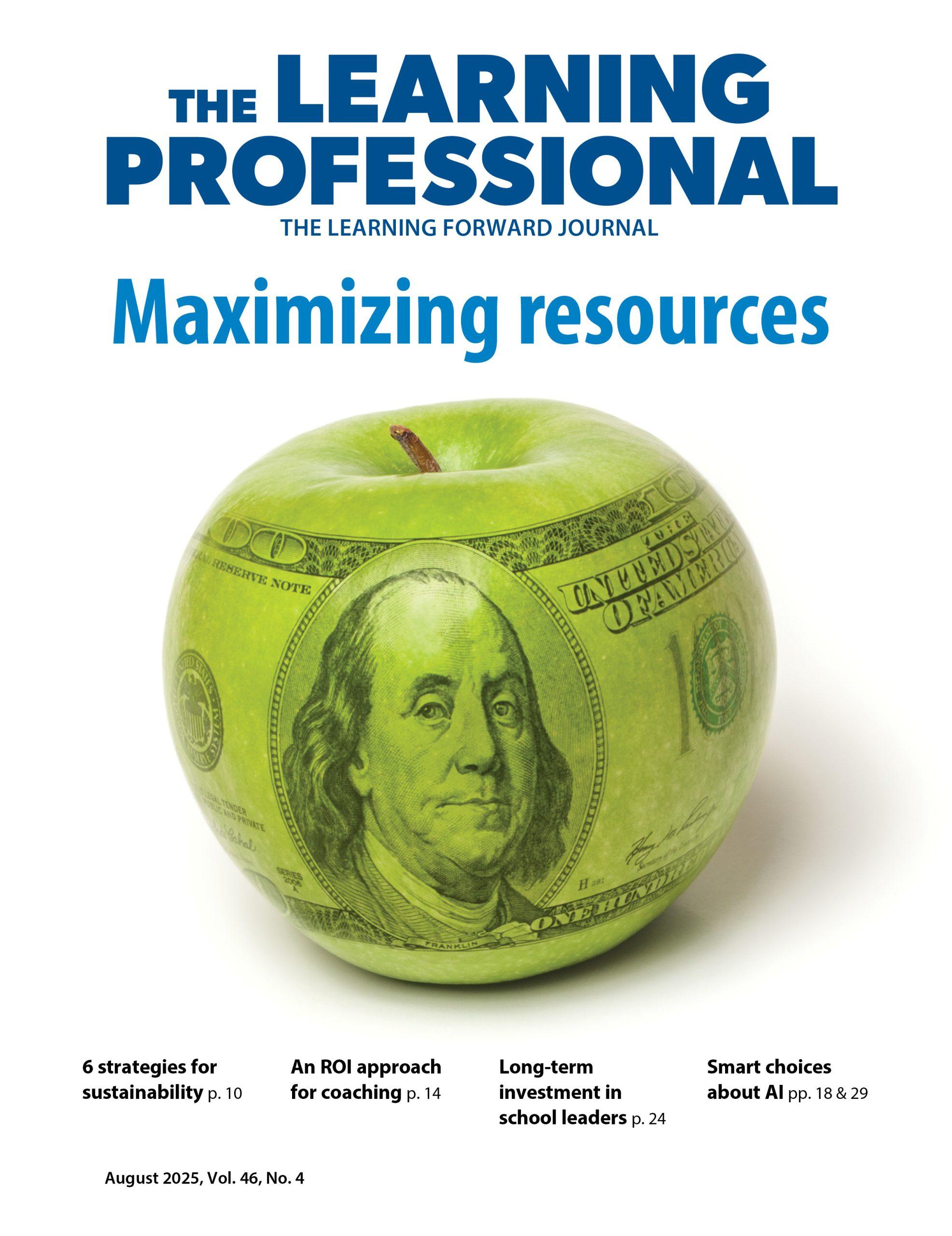FOCUS
Professional learning for a virtual world
By Michelle Bowman
Categories: Continuous improvementOctober 2021
Read the remaining content with membership access. Join or log in below to continue.
Sed ut perspiciatis unde omnis iste natus error sit voluptatem accusantium doloremque laudantium, totam rem aperiam, eaque ipsa quae ab illo inventore veritatis et quasi architecto beatae vitae dicta sunt explicabo. Nemo enim ipsam voluptatem quia voluptas sit aspernatur aut odit aut fugit, sed quia consequuntur magni dolores eos qui ratione voluptatem sequi nesciunt. Neque porro quisquam est, qui dolorem ipsum quia dolor sit amet, consectetur, adipisci velit, sed quia non numquam eius modi tempora incidunt ut labore et dolore magnam aliquam quaerat voluptatem.
Participants in the Design Professional Learning for a Virtual World Network
The Design Professional Learning for a Virtual World network had two cohorts.
Teams in the first cohort (September 2020 to June 2021) were from seven school districts and one state education agency: Alaska Department of Education, Broward County Public Schools (Florida), Fort Sam Houston (Texas), Fort Wayne Community Schools (Indiana), Frederick County Public Schools (Virginia), Miami-Dade County Public Schools (Florida), Tulsa Public Schools (Oklahoma), and Stafford County Public Schools (Virginia).
The second cohort began in January 2021 and concludes in December 2021. The school districts include Cobb County Schools (Georgia), Loudon County Schools (Tennessee), Northshore School District (Washington), and Parkway Schools (Missouri).
Each cohort also included a team of Learning Forward Affiliate leaders from the participating states.
3 dimensions of a community of practice
Wenger (1998) identified three characteristics of a community of practice:
- Shared repertoire shows up as routines, words, actions, and concepts that become part of the community of practice.
- Joint enterprise is the common identity and interconnectedness among members.
- Mutual engagement is the collaborative action members use to solve problems.
References
Bowman, M.A. (2021). Learning together: An examination of inter-district collaboration in a community of practice [Unpublished doctoral dissertation]. Baylor University.
Hirsh, S. & Brown, F. (2018). Equity drives Learning Forward’s vision. The Learning Professional, 39(5), 8-10.
Killion, J. (2013a). Comprehensive professional learning system: A workbook for states and districts. Learning Forward.
Killion, J. (2013b). Professional learning plans: A workbook for states, districts, and schools. Learning Forward.
King, M. (2016). 6 key features of a successful community of practice. JSD, 37(6), 12-14. learningforward.org/journal/december-2016-issue/6-key-features-of-a-successful-community-of-practice/
Learning Forward. (2011). Standards for Professional Learning. Author.
Lieberman, M. (2020, September 24). Rethinking teacher training during COVID-19: Bite-sized digital lessons. www.edweek.org/technology/rethinking-teacher-training-during-covid-19-bite-sized-digital-lessons/2020/09
Resources for Learning. (2016). Redesign professional development community (RPDC) initiative: Interim report: May 2015-2016 [Unpublished report].
Resources for Learning. (2017). Redesign PD Community of Practice end of project report [Unpublished report].
Transcend. (2020, April). Responding, recovering, reinventing: Three jobs that matter for school communities navigating a COVID world. bit.ly/3JobsForSchools
Wenger, E. (1998). Communities of practice: Learning, meaning, and identity. Cambridge University Press.
Wenger, E., McDermott, R., & Snyder, W.M. (2002). Cultivating communities of practice: A guide to managing knowledge. Harvard Business.

Michelle A. Bowman is senior vice president of networks and continuous improvement at Learning Forward. She engages in and executes cross-organizational strategic thinking, especially through the strategy of networks and communities of practice, that supports state and local education agencies committed to professional development redesign. She also oversees the development of content and learning designs that support organizations' capacity to engage in continuous improvement processes. With 30 years in public education, Michelle served in leadership at the district, campus, and classroom levels before joining Learning Forward. Michelle has an Ed.D. in Learning and Organizational Change from Baylor University. Her dissertation investigated how school district leaders engaging in a community of practice impacts their professional learning efficacy. She also co-authored Teacher Professional Development in the Digital Age: Design and Implementation of Learning without Limits in Technology in the Classroom: How It Can Improve Teaching and Student Learning in American Schools (Rowman & Littlefield, 2017) with Learning Forward Executive Director (retired) Stephanie Hirsh. Michelle refreshes her soul, mind, and body by singing songs of worship and spending time with family and friends. She enjoys great coffee and long walks.
Categories: Continuous improvement
Recent Issues
MEASURING LEARNING
June 2025
To know if your professional learning is successful, measure educators’...
NAVIGATING NEW ROLES
April 2025
Whether you’re new to your role or supporting others who are new,...
LEARNING DESIGNS
February 2025
How we learn influences what we learn. This issue shares essential...
BUILDING BRIDGES
December 2024
Students benefit when educators bridge the continuum of professional...











